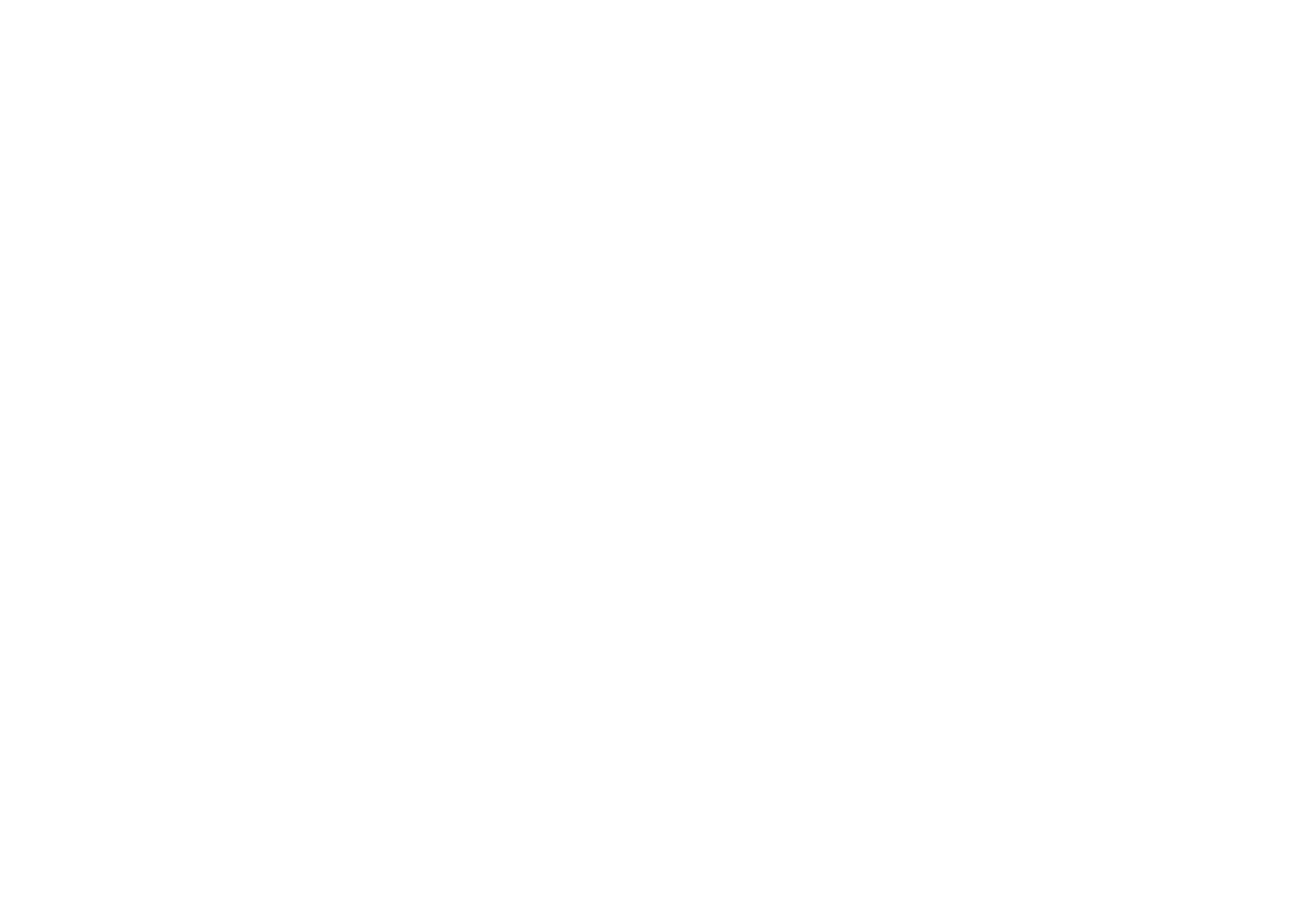By Rabbi Joel Mosbacher
Have you ever been on a journey where no one was there to take your picture? And if really, if no one was there, did it actually happen?
Because no one was there to take a picture of Neil Armstrong taking his one small step for man.
Think about that for a second.
Buzz Aldrin and Neil Armstrong traveled 240,000 miles to the moon 50 years ago this past week, together with command module pilot Michael Collins. About 400,000 people were involved in some aspect of helping them get there. After starting with 7.5 million pounds of fuel in their spacecraft, Neil and Buzz landed with less than 30 seconds of fuel left in the tank – the controllers in Houston were holding their breaths in those last few seconds. And some 500 million people around the world watched and waited for Neil to step off that ladder.
But there was no one there to take a picture. We have super grainy video that Buzz Aldrin took out the window of their Eagle lander. But the video doesn’t catch Neil putting his foot down on that powdery surface that my uncle had me convinced was made of green cheese.
Eight seconds elapsed between when Neil Armstrong said, “I am going to step off the [lunar module] now,” and when he said those famous words, “that’s one small step for man, one giant leap for mankind.” Eight seconds. After all of the unbelievably precise calculations that were done by computers that could do only one-millionth of the calculations of the computer chip in your phone, we will never actually know the exact second when Armstrong placed his foot on the lunar surface.
For 18 minutes and something like 19 seconds, Neil Armstrong was essentially alone on another world. After he made his famous one small step, he started unpacking the most important thing the astronauts brought with them: a 70 mm Hasselblad color camera.
Armstrong’s first shot, per the instructions taped to his wrist cuff, showed the landing area, including one leg of the lunar lander Eagle. He pivoted to take a panorama, showing the terrain where he’d touched down as the spacecraft burned that last precious fuel. He was so caught up in the first moments of moon-based photography that mission controllers in Houston had to keep reminding him to collect what they called contingency moon samples, in case he and Buzz Aldrin had to evacuate suddenly.
Once Armstrong had some moon bits safely stowed in his pocket, Aldrin finally prepared to get out and join Armstrong on the surface. Aldrin clambered through the Eagle’s hatch and onto a ladder with its last rung hanging about three feet above the lunar surface. And Armstrong snapped a photo that I invite you to find on the internet after Shabbat.
It’s not the most famous photo from Apollo 11, nor from Buzz’s brief jaunt on the moon. That distinction probably belongs to the one of him saluting the flag, or the one of him facing the camera, legs bowed open, with Armstrong’s reflection in his helmet visor. But the picture of Buzz descending to the moon’s surface is the most compelling, in my view.
It’s not posed; it’s in no way a passive picture. Aldrin is moving; he is descending – he is alighting. He’s holding on, letting go, almost there, leg out, just about to leap down. He is on the cusp of transforming the moon into a place upon which humans, plural, have walked.
This picture brims with meaning: Someone took it. Someone else was already there, is unseen but known to the viewer, and we are seeing this moment as he saw it. Neil Armstrong was no longer alone.
“A portrait is not made in the camera but on either side of it,” as the early-20th-century photographer Edward Steichen put it. A photo’s existence implies the photographer’s, too. The moment really exists among three parties: the subject, the photographer, and the audience. And in this moment, all three are on the moon – the vantage point is so clearly from this other place that it places the viewer there, too, for the first time.
I have often thought about the weird profundity of this scene. Armstrong’s small step was momentous, and I have watched that grainy video footage of his descent more times than I can remember, most recently just yesterday at the terrific exhibit at the Metropolitan Museum of Art, called “Apollo’s Muse: The Moon in the Age of Photography.”
But to me, this photo reflects an even more consequential shift. With this perspective, everything changes. It’s the perspective of there, of the already arrived. Until this photo, every image of the moon, in our minds and in our cameras, had been from the other vantage point – from far away, looking up. On the outside, looking in, if you will.
Now, one of us was there, on the inside looking out. The human mind was inhabiting the moon, rather than projecting onto it. A human presence was welcoming another visitor.
It is rare, even in an exercise as mind-warping as space exploration, to experience a moment like this.
There is one person who is the subject of the only other image that holds this sort of power, and he was part of Apollo 11, too.
Bruce McCandless served as mission control and capsule communications, “Capcom,” during Armstrong and Aldrin’s moonwalk. McCandless was famously peeved that Armstrong hadn’t shared in advance what he’d planned to say when his boots touched the lunar soil. Fifteen years later, McCandless himself would set a record for the greatest distance an astronaut has ever traveled from a spaceship. While wearing a jetpack during a mission of the space shuttle Challenger, McCandless ventured 320 feet from the shuttle without a tether. “It might have been a small step for Neil, but it’s a giant leap for me,” he said.
The photo of McCandless’s leap is haunting and beautiful in its own right, but one reason it’s so appealing, at least to me, is because it’s also evocative of the people McCandless left behind. The people watching him were the astronauts Vance D. Brand, Robert L. Gibson, and Ronald E. McNair. As it happens, McNair would perish on that same ship just two years later. McCandless seems so very alone, floating far above the world, and yet, through this image, we are with him.
I wish I had met Armstrong or McCandless, each of whom has sadly died in the last few years; I’d have so many questions for them, about what it was like, what they were thinking about, about how those steps, those journeys, were informed by or affected, their faith.
I’d ask Armstrong about the Buzz-on-the-ladder photo for sure. I’d ask if he thought in the moment about what it meant. I’d ask him if he felt alone or frightened during that 18-minute stretch of time, and if the photo of Buzz brought him relief along with it. I’d ask him, in short, “what was it like to be a one-man welcoming party for the only other place in the universe humans have ever touched?”
Have you had moments like this in your life? Have there been moments when you were in some wilderness, some isolated space, either physically or emotionally, when you either were or felt utterly alone? If you have had a moment like that, what was it like to try to describe that experience to another person? Could they ever really understand what you had experienced? Could they ever truly see what you saw, feel what they felt? I’m guessing not.
Those moments are rare, indeed, and, I would assert, Judaism suggests that going through the world alone is not the ideal. In the second chapter of the book of Genesis, the text says, lo tov heyot adam levado – it is not good for a person to be alone. And we learn along the way that you can’t fully practice Judaism in isolation, either – you need to be in a minyan; you need to have other human beings, to be fully human.
Social scientists tell us, as if we didn’t know it intuitively, that we humans are social beings; we share mirror neurons that allow us to match each other’s emotions unconsciously and immediately. We leak emotions to each other. We anticipate and mirror each other’s movements when we’re in sympathy or agreement with one another – when we’re on the same side. And we can mirror each other’s brain activity when we’re engaged in storytelling and listening – both halves of the communication conundrum. We are most comfortable when we’re connected, sharing strong emotions and stories, keeping each other safe and together. That doesn’t mean we’re never selfish; it doesn’t mean that we never want to be alone, or that some of us aren’t naturally introverted.
But again, scientists have seen that when we connect, we may be a little smarter, a little happier, and a little more able to survive our current environment.
Lo tov heyot adam levado – it is not good for a person to be alone.
If the selfie-stick had been invented in 1969, I’m guessing that Neil Armstrong would have found a way to use one to take a picture of himself jumping off the lander onto the moon’s surface. But you know and I know that a selfie is almost never as good a photo as when we share a moment with another person who can take a picture of us or we of them.
That’s what being a part of the Shaaray Tefila community is about, in a way – not being alone, not being isolated, not having to go through the world making sense of things on our own, not having to take selfies to capture our experiences.
I hope that everyone in this sanctuary has friends and family with whom you can share life’s moments. For many of us, though, I know that our loved ones live far away – maybe not 240,000 miles, but it sometimes, it can feel like it might as well be. And for some of us, the friendships and loving relationships we have cherished have faded over time, or our loved ones have been lost to us because of a falling out or even by death.
Being a part of a sacred community means never having to be alone, no matter what. And you don’t have to know all 900 other families in the congregation to feel connected here; Neil Armstrong didn’t know most of the half-a-billion people who watched the moon landing. But he knew Buzz Aldrin, and neither of them had to have the experience alone of going where no one had gone before.
And neither do you. I hope you know that. If you need someone to journey with, there’s someone here in this sanctuary – someone next to you, behind you, across from you – who will share the journey with you. When you’re about to take a small step, we’ll be there. If you need to take a giant leap, we’ll be there, too. When you’re about to step off the ladder, we’ll be there. If you’d like us to take a picture, we’d be glad to. You are not alone. We’re here with you.

